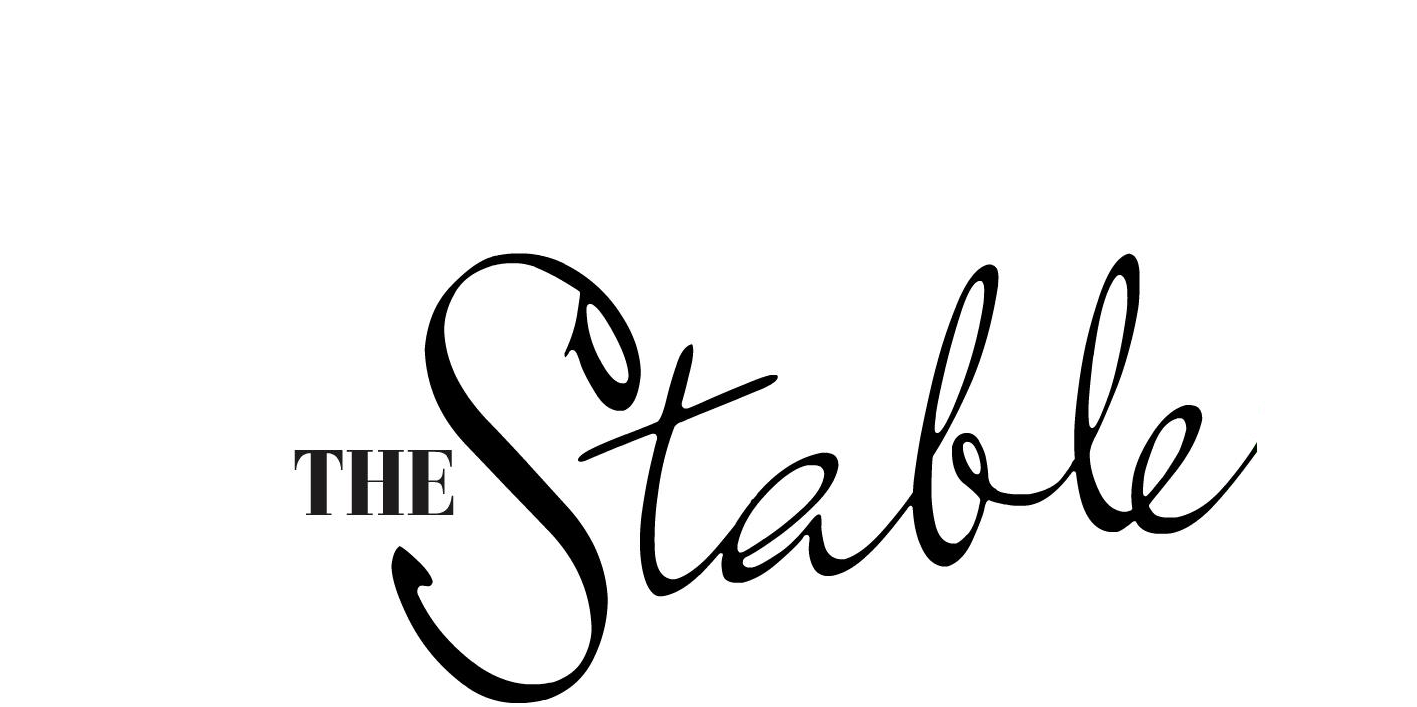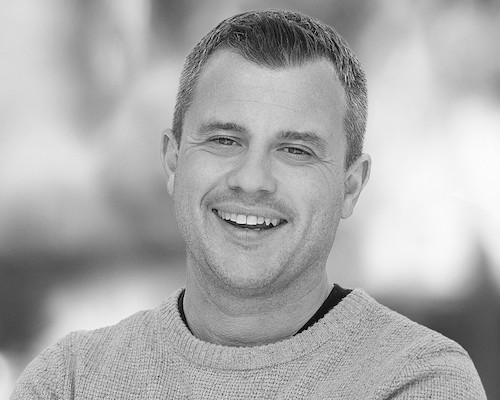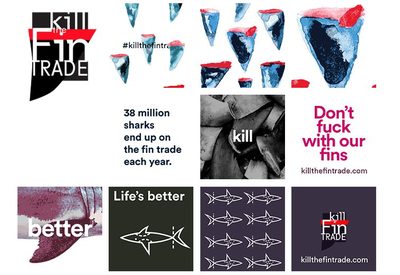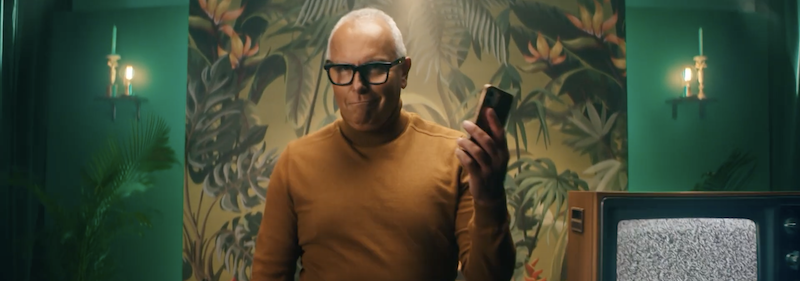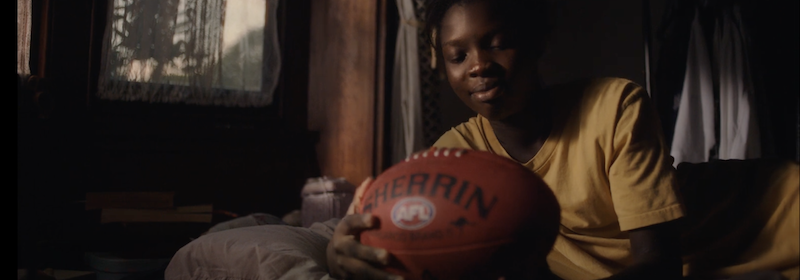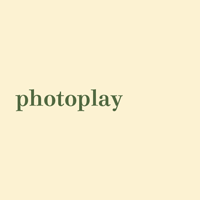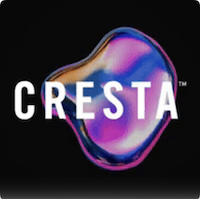“72andSunny was a reaction to politics; silos; creatives, brand and strategy not talking; and clients and agencies only meeting up once every six weeks to hope that what was going to be presented was awesome. 72andSunny was a different way,” Chris Kay states in the opening of his overview of the agency he is building.
72andSunny was born the same year as Facebook, he notes. “We created a company that’s built in a different way for a different era. We don’t think of ourselves as a digital company, a social company or an advertising company. Hopefully, we’re one that has smart creative people who can make a problem into something awesome.”
“We’re not a ta da company because no one likes ta das.”
Chris Kay
72andSunny is ardent about being different. And Chris Kay, the bloke who helped to make 72andSunny Los Angeles a big different thing in the US is one year into making 72andSunny a big different thing in APAC. He has given himself an awesome task. Not awesome in the current sense, although it’s clear that he thinks his job is. His enthusiasm for it is palpable. Awesome as in challenging, difficult and, no doubt, punctuated with moments of sheer frustration. His job is to break down walls. The biggest wall is becoming known for doing what it takes to meet a new environment for advertising among a group of rivals that say they are. The second biggest wall is that what it takes is not a revolution but a range of “tweaks”, like working not with the client’s brief but the problem that caused that brief, having conversations with clients rather than presentations.
“We’re not a ta da company because no one likes ta das. No one like surprises,” Kay explains.
Tweaks, like actually taking the client with you as you build your solutions.
“When you’re put on the spot as a client, it’s tough and you make the easy decision.”
Tweaks, too, like not thinking a fully integrated campaign is the likely solution, surrounding an idea with smart people rather than a set of titles…and so on.
Revolutions are easy to advertise. Tweaks? Not so dazzling on paper, even when they do a dazzling job.
Not all of Kay’s tweaks are unique to 72andSunny. But 72andSunny is unique in that it has made a genuine commitment to all of them. Goodby Silverstein + Partners is also the proud owner of a production studio so that its “creatives can try out stuff”, for example. Having the ability to “try out stuff” has led to some brilliant work for both agencies. Atomic 212 also “gets” that creative and strategic thinking gets stifled when it’s not free range. Letting people work “wherever” has produced some brilliant work for both agencies. My meeting with Kay wasn’t one of his walk and talk ones but I, too, think better on my feet (literally). I’d thought that idea was unique to me, but 72andSunny has claimed it and named it – the 4th room. 72andSunny’s The Cultural Liberation Society – “once a quarter, employees will be given money to create an event that drives culture and creativity to the team at large” – revives an initiative by Steve Henry at Howell Henry Chaldecott Lurie back in the ‘90s.
72andSunny’s commitment to progressive ideas like these, though, is real. Not bows and ribbons. There are no brownie points for spending 10 hours a day at chained to a desk. Working from home one day a week is a policy. So are unlimited annual leave so that “people can take care of themselves and contribute to 72andSunny from a fresh perspective,” and six months paid leave for primary caregivers (“plus job security, flexible working and reintegration”).
“Everyone who’s in advertising looks like me. Australia doesn’t look like me.”
Lastly, there’s 72andSunny’s commitment to diversity. That’s genuine too. The agency puts together its team for jobs with people each of whom has a different background to the others in the team. As 72andSunny doesn’t have a cast of 450 to choose those teams from, it hires with diversity in mind. Diversity of social, cultural and career backgrounds. And because its thinking on diversity and access to opportunities in advertising align with those of D&AD, it is a supporter and partner of D&AD Rare.
“Everyone who’s in advertising looks like me. Australia doesn’t look like me. So having an agency full of people who look like the people on the street, hopefully means you make work that works. Diversity isn’t a casting brief at the end of a project. All you’re doing then is tokenising.”
72andSunny launched in a different way. It aligned itself with the next generation of creatives in this country. It did three different presentations at Semi-Permanent. One was a live brief, in collaboration with Semi Permanent, Sea Shepherd, and AFTRS, to show that it is an open company. That live brief became a movement, Kill the Fin Trade, that generated all sorts of creative work from all sorts of creative people to create change.
The new agency built an overview of Aussieness, perhaps to show that this fresh-off-the-boat expat company understood the market, but also – because it was free to download – to demonstrate its collaborative attitude.
Its (local) Google Home launch became the global campaign, which was a nice feather in its cap. It did eBay’s largest campaign for 18 years. And its two youngest won YouTube’s competition in which it invited 13 creative agencies to retell a classic fairy-tale in six-second spots. Goldi’s Locks was a collection of parody infomercials for a full-service home security system that keeps blonde girls out of your home during hibernation season.
Then it did this for new client, Optus:
72andSunny: Optus launches a new race, The Splashies, at the Commonwealth games
A month ago, 72andSunny shook hands on a partnership with the Australian Film School, to teach on its course. “What they don’t have on their course is someone who comes in and talk about commercialising creativity,” Kay notes. “Our people get to go to their lectures and provide work experience every quarter and we will hire a full-time employee once a year for the next three years. That’s what we’re contributing, but honestly, these are kids who are directing, producing, making their own shit, so having talent like that come into the company…I think we can learn a ton from them.”
And it has begun the year with a load of new work, some from new clients like Paspaley and Optus.
“We saw the opportunity to be part of the next generation, not chasing the last generation…And there’s great noodles.”
Why did Chris Kay and 72andSunny taken on the awesome task of “making it” in APAC? The blossoming surge of creative entrepreneurship in Singapore turns Kay on. That he cannot disguise, “We’re launching 72 Voices up there next month, which means we’ve learned a ton about what we can do up there. I think if we can be a part of changing the face of what Singapore can be, that’s pretty cool. We saw the opportunity to be part of the next generation, not chasing the last generation…And there’s great noodles.”
The creativity in Australia inspires him. Kay was at BMF eight years ago, so he knows the market. “Starting anything is tough, but as a company we were looking at how and where we could be inspired in the world. And when you look at the talent down here, when you look at the effort people are going to, it’s super vibrant. I think there are probably people taking bigger swings in Australia than America. I felt as though there was an opportunity for new energy here in Australia.
“And frankly, I just wanted to be back here personally. It’s a fucking good place to bring up children.”

